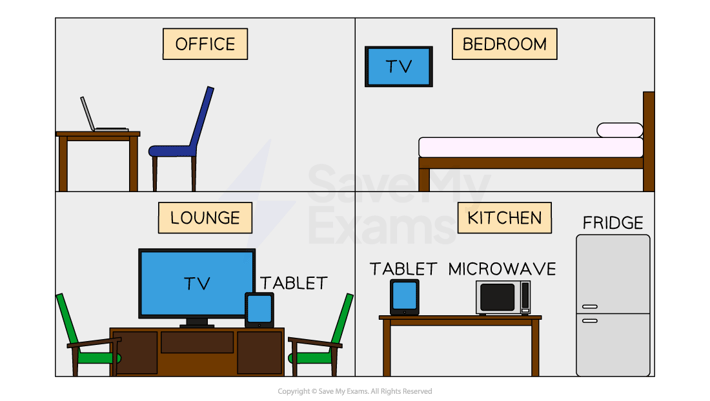Client Server Model
What is a network model?
- A network model is the logical structure of the network
- It defines how the network will operate on top of the physical network structure (Star or Mesh)
What is a Client-Server model?
- A client is a computer on the network, these connect to the server via a switch
- A server is a computer on a network which often has a single purpose, for example
- Managing access to the Internet
- Managing printing
- Providing email services
- Providing backups
- Controlling security
- Servers are often more powerful than the client machines
- Servers are seen as more significant than the client machines and can require specialist hardware and software
- A network which uses a server is called a client-server model
- Most companies, organisations and schools will use a client-server network model
| Advantages | Disadvantages |
| Managing backups of the network is easier as it is done from one central point |
Servers can be expensive to purchase, setup and maintain |
|
Updating and installing new software can be done centrally instead of having to log on to each machine |
A specialist network manager would be required as servers require specialist IT knowledge |
|
Security of files can be managed easily |
Servers can be a single point of failure, meaning all users would lose access to the network if the server fails |

Exam Tip
It makes it easier in exams to relate to things you know. If you are asked about a client-server network, just think about how your school computers work and the advantages and disadvantages that come with that.


